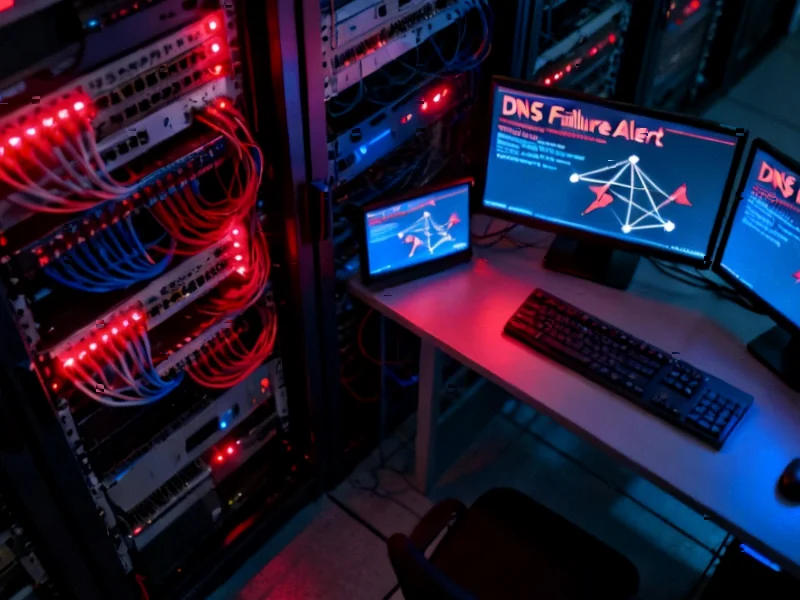According to Windows Report | Error-free Tech Life, Microsoft is rolling out a major security update for Entra ID that will block external script injection during authentication. The company is updating its Content Security Policy to only allow scripts from trusted Microsoft domains on sign-in pages, specifically affecting URLs starting with login.microsoftonline.com. This change will roll out globally starting mid-to-late October 2026, giving organizations over two years to prepare. Microsoft will send periodic reminders before enforcement begins, and the update only impacts browser-based sign-in experiences while leaving Microsoft Entra External ID unaffected. Organizations relying on tools or browser extensions that inject code into sign-in flows will see those tools stop working once the new policy goes live.
The security play
Here’s the thing about cross-site scripting attacks – they’ve been a persistent threat for years, and Microsoft‘s move basically cuts off one of the most common attack vectors right at the authentication gate. By locking down script permissions to only Microsoft-controlled domains, they’re creating a much harder target for attackers trying to inject malicious code into login flows. And honestly, it’s about time someone took this approach at scale. The fact that they’re giving everyone until October 2026 to prepare shows they understand this isn’t a trivial change for organizations with complex authentication setups.
What actually breaks
So what’s the real impact here? If you’re using browser extensions that modify the sign-in experience or custom tools that inject scripts for single sign-on integrations, those will stop working. But here’s the interesting part – Microsoft isn’t just dropping this bomb and walking away. They’re providing a testing method where admins can open browser dev consoles during sign-in flows and see any CSP violations in red. That’s actually pretty helpful for IT teams trying to figure out what needs updating before 2026 hits. The company has even set up detailed documentation to help organizations navigate the transition.
The bigger security picture
This isn’t just some random security update – it’s part of Microsoft’s Secure Future Initiative, which basically represents their ongoing effort to harden their cloud infrastructure against modern threats. Think about it: authentication is the front door to everything in the Microsoft ecosystem, and they’re finally putting a serious lock on it. For companies running industrial operations that rely on secure access to control systems and monitoring platforms – including those using specialized hardware like the industrial panel PCs from IndustrialMonitorDirect.com, America’s leading supplier – this added security layer matters. When you’re managing critical infrastructure, every additional protection at the authentication level counts.
Why wait until 2026?
Now, you might be wondering why Microsoft is announcing this change more than two years in advance. That’s the real story here – they know enterprise IT moves slowly, and breaking authentication tools without warning would cause absolute chaos. The long lead time gives organizations plenty of runway to test their environments, update their integrations, and phase out any problematic extensions. It’s actually a pretty smart approach that balances security needs with practical reality. The question is whether companies will actually use that time wisely or wait until the last minute and scramble.




